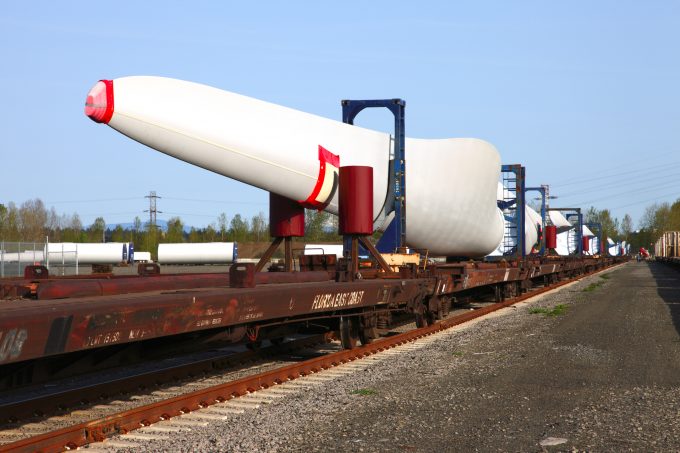Evergreen chief says transpac contract rates will rise in 2025
Evergreen is to raise its transpacific contract rates for 2025, announced president Wu Kuang Hui ...

Losing traffic to ports on the east and Gulf coasts, America’s premier ocean gateway, the ports making up the Los Angeles/Long Beach complex seem to be charting different courses.
LA retained its crown as the busiest container port in the US, but LB has slipped from ...

Comment on this article